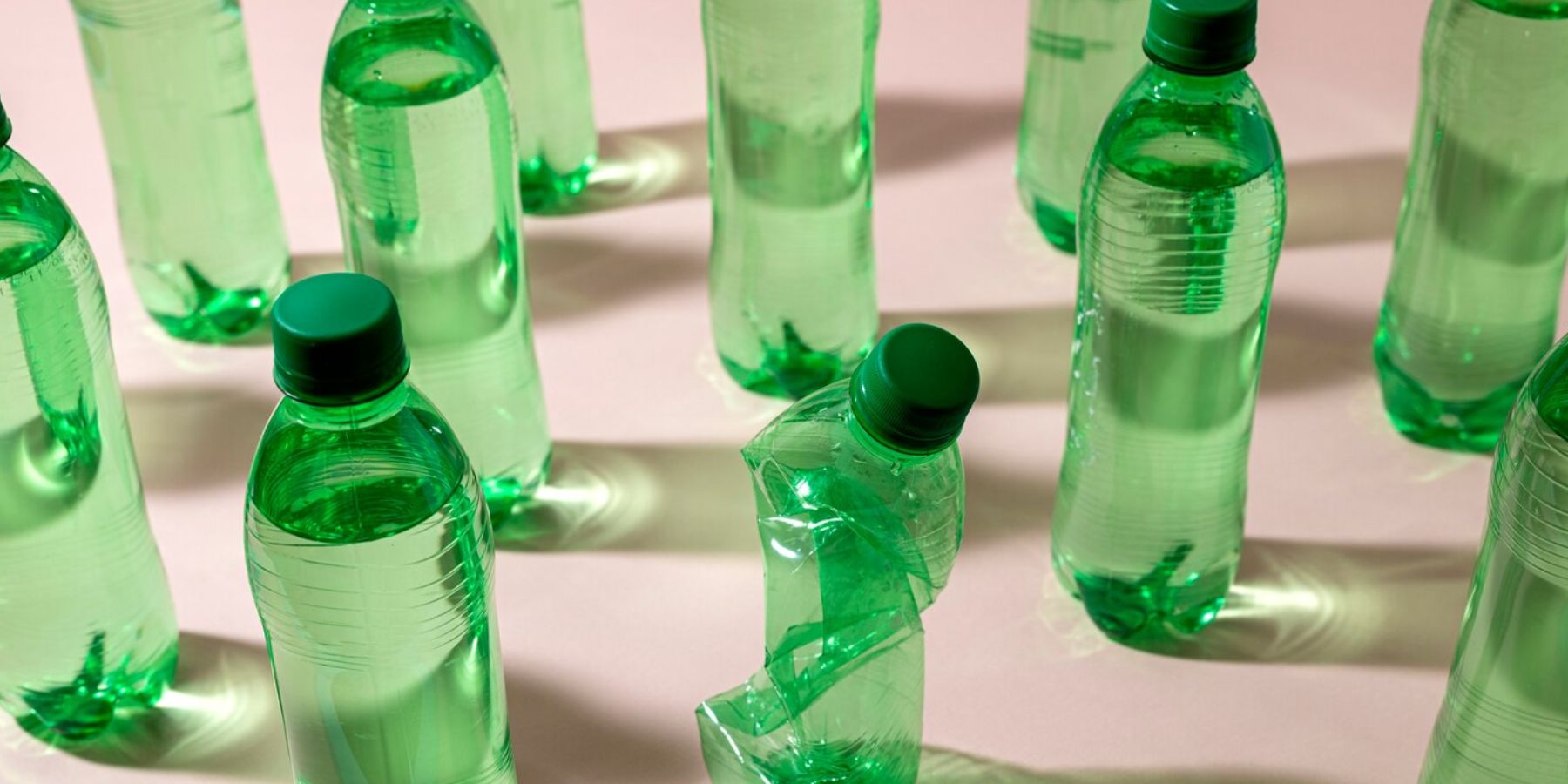In our daily lives, staying hydrated is crucial, and many of us rely on reusable water bottles to meet our hydration needs. However, there’s an aspect of water bottle usage that often goes unnoticed – the potential for mold growth. In this guide, we’ll explore the signs that indicate your water bottle might be harboring mold and what you can do to address it.
Understanding the Risk
Mold thrives in damp environments, making water bottles an ideal breeding ground if not properly maintained. Mold not only affects the taste and quality of the water but can also pose health risks if consumed. Recognizing the signs early on can help you take preventive measures and ensure your hydration is both refreshing and safe.
Signs of Moldy Water Bottle Use
1. Unpleasant Odor
One of the first indicators of mold presence is a musty or unpleasant odor emanating from your water bottle. If your bottle smells off even after thorough cleaning, it’s time to investigate further.
2. Visible Mold Growth
Inspect the interior surfaces of your water bottle, especially those hard-to-reach areas. Mold may appear as dark spots or patches. If you notice any discoloration or specks that don’t rinse off easily, it’s likely mold.
3. Taste Alterations
Mold can impart a distinct taste to water, often described as earthy or bitter. If your water doesn’t taste as fresh as it should, it could be a sign of mold contamination.
4. Residue or Film
Mold can leave behind a slimy residue or film on the walls of your water bottle. Run your finger along the interior – if it feels slippery or sticky, it’s time for a thorough cleaning.
5. Recurring Illness
If you find yourself falling ill frequently without an apparent cause, your water bottle might be the culprit. Mold ingestion can lead to various health issues, including respiratory problems and allergic reactions.
Addressing Moldy Water Bottle Issues
1. Regular Cleaning Routine
Prevention is the best strategy. Wash your water bottle thoroughly after each use, paying extra attention to areas with potential mold growth. Use a bottle brush to reach corners and crevices.
2. Deep Cleaning Techniques
For persistent mold issues, consider deep cleaning methods. Soak your water bottle in a solution of vinegar and baking soda or use specialized cleaning tablets to eliminate mold and bacteria.
3. Proper Drying
After washing, ensure your water bottle dries completely. Mold thrives in moisture, so a dry environment is essential. Invert your bottle and let it air dry thoroughly.
FAQs about Moldy Water Bottles
Q1: How often should I deep clean my water bottle?
A1: Aim to deep clean your water bottle at least once a week, especially if you use it regularly.
Q2: Can moldy water bottles be harmful?
A2: Yes, moldy water bottles can pose health risks. Inhaling or ingesting mold spores may lead to respiratory issues or allergic reactions.
Q3: Are there specific materials more prone to mold?
A3: Certain materials, like silicone or rubber seals, can be more susceptible to mold growth. Pay attention to these areas during cleaning.
Q4: Can moldy bottles be salvaged?
A4: In some cases, thorough cleaning may eliminate mold. However, if the mold persists, it’s safer to replace the bottle.
Q5: Is it safe to use bleach for cleaning?
A5: While bleach can be effective, it’s essential to rinse your bottle thoroughly to remove any residue before use.
Conclusion
By recognizing the signs of moldy water bottle use and implementing proper cleaning practices, you can enjoy your hydration without compromising taste or safety. Stay vigilant, maintain a regular cleaning routine, and savor the benefits of a clean and refreshing drink every time.

